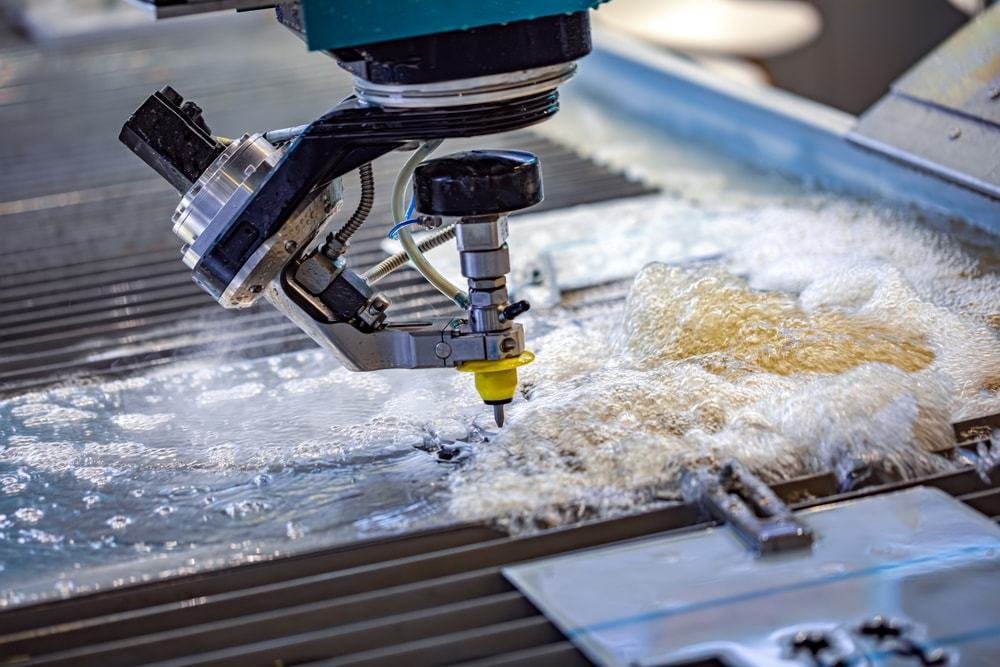Urethane and Silicone Casting
Urethane and Silicone Casting Materials
Urethane and silicone casting are two popular methods used for creating molds and casting objects, often for prototypes, models, or small production runs. These materials are used to create durable, accurate reproductions of objects or parts. Urethane and silicone casting share several similarities, despite being different materials with distinct characteristics. Below are the key similarities between the two casting methods:
Mold-making: Both urethane and silicone involve using molds to shape the final cast.
Detail Capture: Both materials are capable of producing highly detailed replicas.
Reusability: Molds made from both urethane and silicone can often be reused multiple times.
Customizable: Both materials offer various formulations for different levels of flexibility, hardness, and strength.
Flexibility: Both casting methods offer flexibility in terms of applications, from art to engineering and industrial use.
Urethane and Silicone Casting
Urethane Casting
Urethane casting involves the use of urethane resins (also known as polyurethane resins), which are versatile and durable plastics. This process typically starts with mixing the resin with a hardener to initiate the chemical reaction that causes it to cure. The mixed material is then poured into a mold, where it solidifies into the shape of the mold. Once fully cured, the resulting cast is often characterized by its strength, flexibility, and resistance to wear and tear. Urethane casting is commonly used in industries requiring durable parts and prototypes.

Silicone Casting

Application of Urethane Casting
How Urethane Casting Works?
Mold Creation
- Model Preparation: The first step in urethane casting is to create or select the original object (the master) that will be replicated. This could be a prototype, part, or model.
- Mold Making: A mold is created around the master object. Most commonly, silicone is used for molds because it is flexible and can capture fine details. Other materials, like plaster or rubber, can also be used for molds depending on the required characteristics. The mold is designed to take on the shape and intricate details of the master object.
Mixing Urethane Resin
- Mixing Process: The two components are carefully combined, ensuring thorough mixing. It is important to minimize air bubbles during the mixing process, as trapped air can lead to imperfections in the final cast.
- Resin and Hardener: Urethane resin is typically provided in two parts: Part A (the liquid urethane) and Part B (the hardener or catalyst). These parts are mixed together in a precise ratio, as the ratio directly affects the material’s properties (e.g., hardness, flexibility, and curing time).
Pouring Urethane into the Mold
- Filling the Mold: Once the resin and hardener are thoroughly mixed, the liquid urethane is poured into the mold. The mold must be filled to capture the shape of the master object fully.
- Degassing: In some cases, the mixture is placed under vacuum to remove any air bubbles that may have formed during mixing. This step ensures a smooth, flawless surface finish on the final casting.
Curing and Solidification
- Curing Time: Depending on the formulation, urethane resins typically cure within a few hours. The resin will harden and take on the shape of the mold during this period.
- Demolding: After the material has fully cured, the mold is opened, and the solid urethane part is carefully removed. Urethane resins are often chosen for their ability to create parts with high detail and a smooth surface finish.
Post-Curing and Finishing
- Post-Curing: In some cases, the urethane part may undergo post-curing, which involves heating the part at a specific temperature to improve its properties (such as strength, stability, or heat resistance).
- Finishing: The cast part may undergo additional finishing processes, such as sanding, trimming, painting, or coating, to achieve the desired surface quality and appearance.
Cast Urethane Materials
| Material Name | Shore Hardness | Description | Technical Information |
|---|---|---|---|
General Purpose | Shore D 76-80 | An impact-resistant Shore 78D material used for a variety of purposes, from enclosure housings to concept models. This material exhibits ABS-like properties. | TC-878, TC-852, or equivalent |
Rigid Clear | Shore D 80 | A versatile, Shore D 80, clear polyurethane. A matte finish will give a frosted appearance and a higher gloss will increase its transparency. | Poly-Optic 1410 or equivalent |
ABS-Like, FR | Shore D 78-82 | A tough Shore 80D flame retardant material that is UL Listed with a flammability rating at 1/16″ (1.6 mm). | TC-891-FR or equivalent |
Polypropylene-Like | Shore D 65-75 | A tough and abrasion-resistant flexible urethane with polypropylene-like ductility. | TC-872, HP-2270D, or equivalent |
Polycarbonate-Like | Shore D 82-86 | A stiff, high impact, high HDT, material with a wide variety of uses. Simulates polycarbonate (non-clear), Shore 84D. | TC-854 or equivalent |
Glass-Filled Nylon-Like | Shore D 85 | A stiff, USP Class VI, high-performance urethane with high impact strength and a HDT of 190°F (88°C). | |
Rubber-Like Polyurethane | Shore A 25-95 | A Shore A elastomer with a high elongation to break. | F-130 to F-190 or equivalent |
Clear Rubber-Like Polyurethane | Shore A 40-95 | A colorless Shore A elastomer with a high elongation to break. Matte finish will give a frosted appearance, and higher gloss will increase its transparency. | WC-540 to WC-595 or equivalent |
Why Choose Avinyaworks for Urethane and Silicone Casting?
Endless Options
Choose from millions of possible combinations of materials, finishes, tolerances, markings, and certifications for your order.
Easy to Use
Get your parts delivered right to your door without the hassle of sourcing, project management, logistics, or shipping.
Quality Assurance
Our quality check includes visual inspection, dimensional verification, functionality testing (if applicable), and a review of surface finish.

